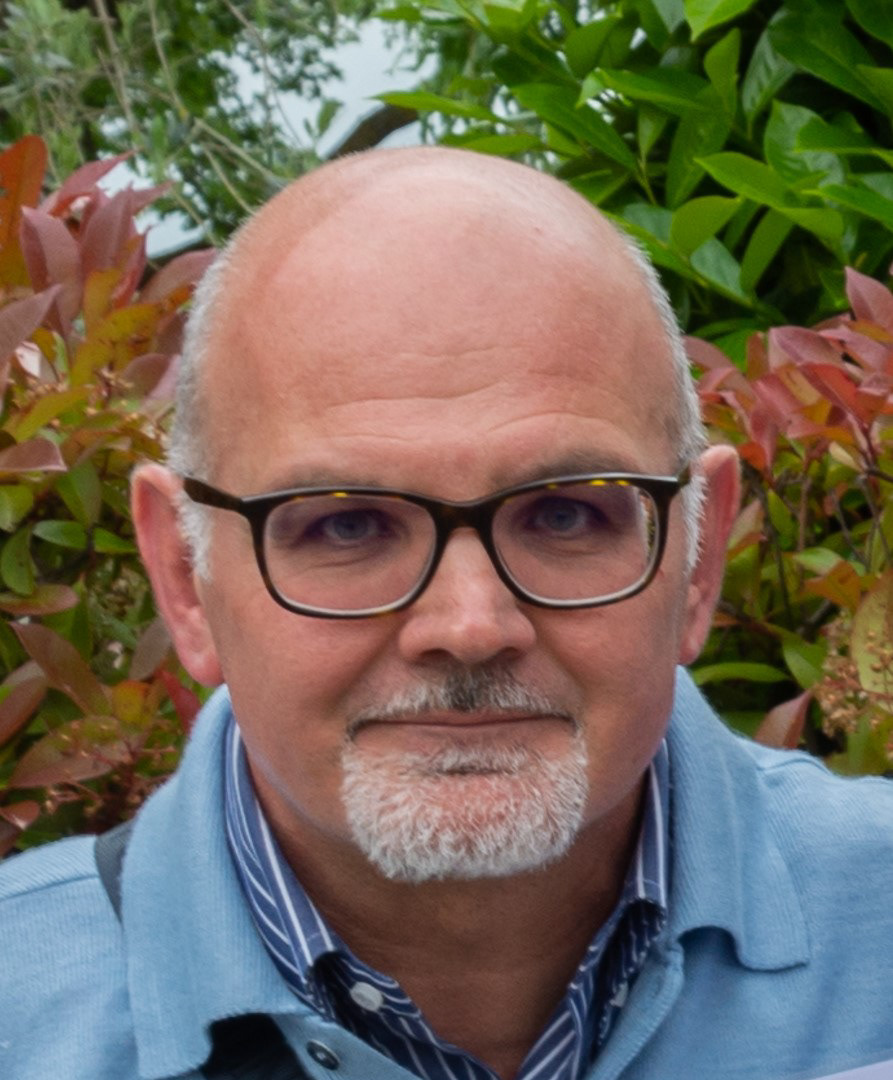Celano. The Piccolomini Castle
2024
The Piccolomini Castle of Celano overlooks the Fucino plain, once occupied by the third largest lake in Italy, majestically and imposingly.
You may also like
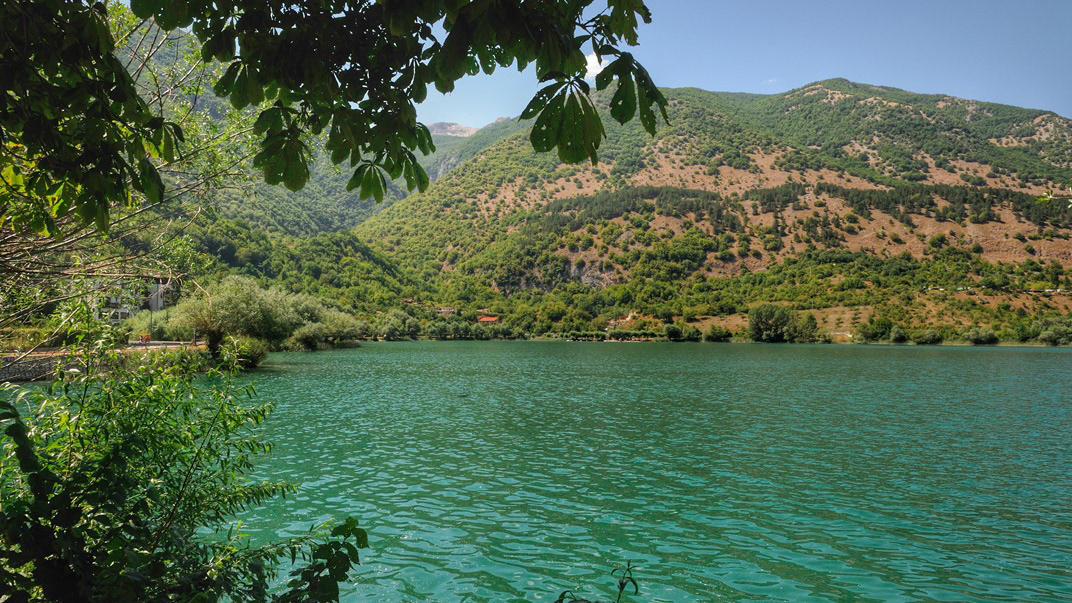
2016
The Lake of Scanno (AQ)
Lake Scanno, belonging for three quarters to the municipality of Villalago and for a quarter to that of Scanno, is located in Abruzzo, in the lower province of L'Aquila, between the Marsicani Mountains, in the upper valley of the Sagittario river, which originated for a ancient landslide that broke off from Mount Genzana above, between 12,820 and 3,000 years ago, which blocked the river Tasso.

2018
L'Aquila
L'Aquila (IPA: / ˈlakwila /, pronunciation, formerly Aquila until 1863 and Aquila degli Abruzzi until 1939) is an Italian town of 69 284 inhabitants, capital of the province of the same name and of the Abruzzo region. The city is located in the Abruzzo hinterland on the slope of a hill to the left of the Aterno river, in a predominant position with respect to the Gran Sasso massif, the homonymous basin and the Aterno valley, on an area of 467 km² which make it the ninth largest municipality in Italy. Divided into 59 districts and hamlets, part of its territory is included in the Gran Sasso and Monti della Laga national park and reaches over 2,000 meters above sea level.
2022
Lanciano. Seat of the Eucharistic Miracle
The church of S. Francesco or sanctuary of the Eucharistic Miracle is annexed to the homonymous convent of the Friars Conventual. It contains the famous relics of the Eucharistic miracle of Lanciano.
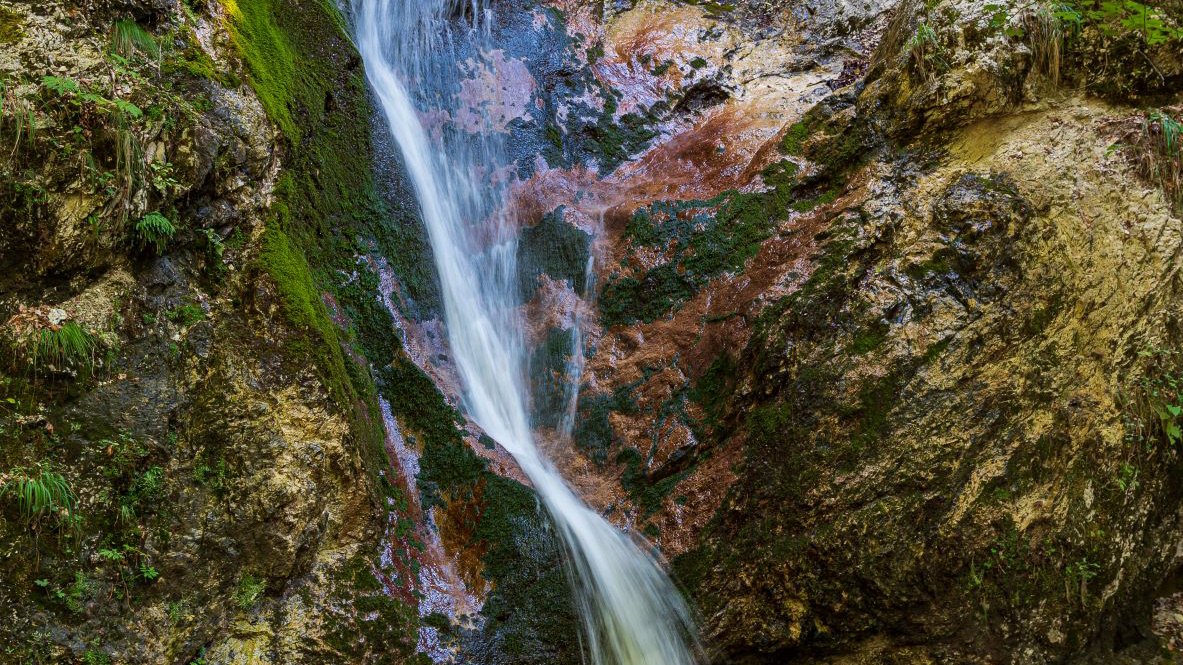
2021
La Camosciara Nature Reserve.
La Camosciara is an extensive nature reserve with trails for experienced hikers and beginners, suggestive views and wildlife. It is an integral part of the Abruzzo, Lazio and Molise National Park
2022
Abruzzo, Italy. Spectacular sunrise.

2020
L'Aquila. Basilica of San Bernardino - 2019
The church of San Bernardino is located at the end of the homonymous and scenic staircase, in the historic center of L'Aquila, about 600 m from the Spanish Fort. The construction of a church that worthily guarded the remains of San Bernardino da Siena (1380-1444) - the persuasive preacher of the Order of the Friars Minor who died in L'Aquila and proclaimed a saint in 1450 - was strongly desired by the influential friar Giovanni da Capistrano. At first the conventual friars opposed the construction of the church, however the works were started and completed between 1454 and 1472. The earthquake of 1703 seriously damaged the church, which was renovated according to the stylistic and architectural methods of the time. In 1946, at the behest of Pope Pius XII, the church received the honorary title of minor basilica.
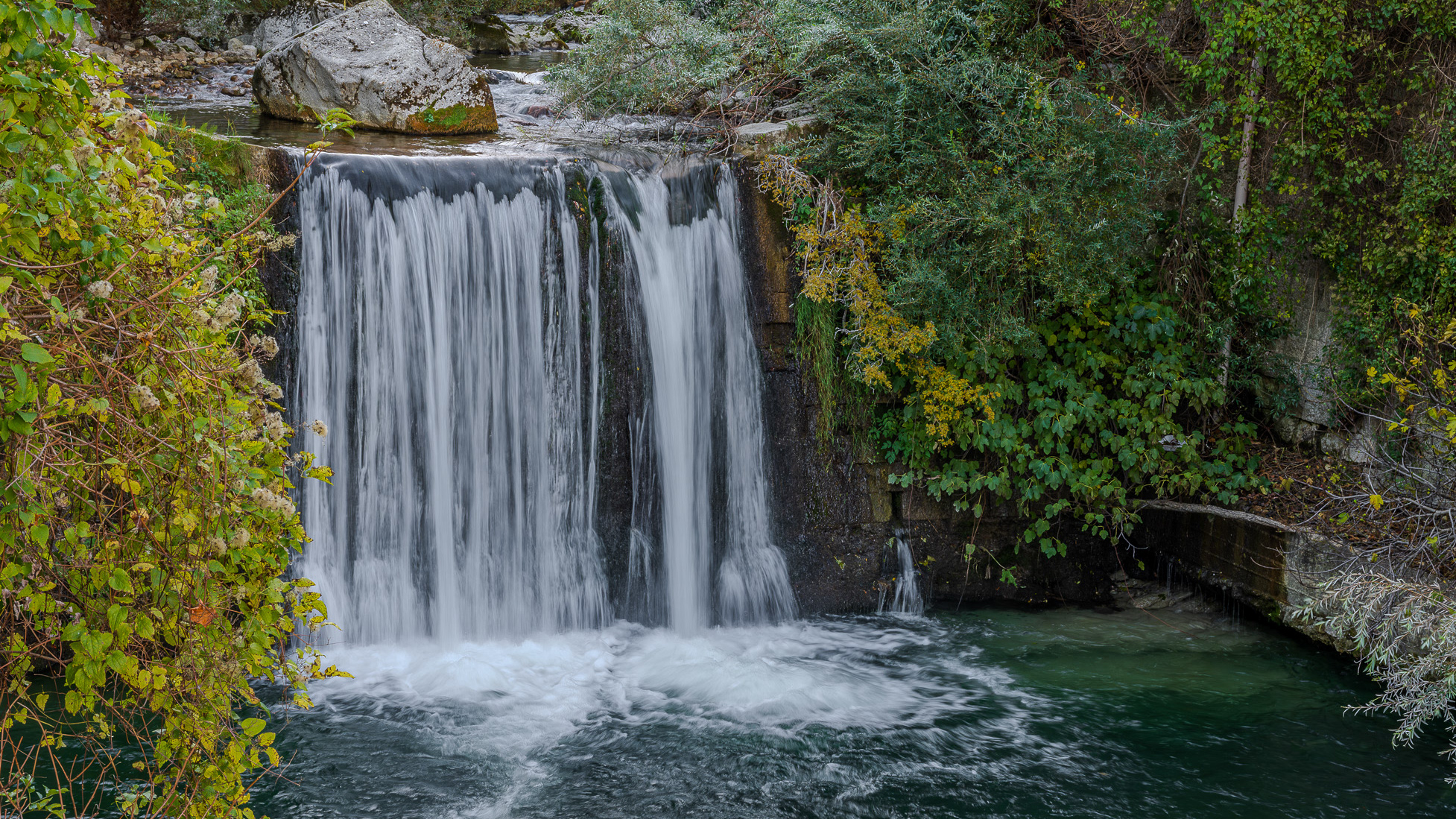
2023
Palena. The waterfalls of the Aventine river
The Aventine is a 45 km long river in Abruzzo, born from the sources of Capo di Fiume, located within the municipality of Palena, located at 863 m above sea level, downstream of the Cotaio stream.
2023
Sulmona. Complex of the Santissima Annunziata.
The Santissima Annunziata complex is the most famous and representative monument of the city of Sulmona, declared a national monument in 1902. The main entrance to the complex is on the Annunziata square although other interesting visual glimpses of the building, especially for architectural interest, are admirable from the adjacent streets, via Pantaleo and via Paolina. The church, founded in 1320 by the confraternity of the Compenitenti together with the annexed hospital, does not retain traces of the original construction, both due to the damage suffered in the earthquake of 1456 and due to the architectural transformation interventions which radically modified the original structure of the sixteenth century. Furthermore, another ruinous seismic event, that of 1706, led to a new, important reconstruction intervention which gave the church a Baroque appearance, with an imposing façade with two orders of columns, the work of Maestro Norberto Cicco from Pescocostanzo ( 1710). The interior is divided into three naves and is covered with stuccos. Among the paintings that embellish the church are the frescoes by Giambattista Gamba on the vaults and the canvases on the side altars, among which the Pentecost of 1598 by a Florentine master and the Communion of the Apostles by Alessandro Salini stands out for their quality. The apse instead presents two works by Giuseppe Simonelli, a pupil of Luca Giordano, the Nativity and the Presentation in the temple and an Annunciation by Lazzaro Baldi, a Tuscan artist who was a pupil of Pietro da Cortona. The choir, in wood, was made by the local artist Bartolomeo Balcone between 1577 and 1579, while the part underneath the organs, in a vaguely rococo style, in carved and gilded wood, is by Ferdinando Mosca. The organs, on the other hand, are the one on the left side by Tommaso Cefalo di Vasto (1749) and the one on the right side was built by the Fedeli di Camerino in 1753. At the end of the right aisle is the altar of the Virgin, in polychrome marble, a work partly executed by the Roman artist Giacomo Spagna (1620), with subsequent contributions by artists from Pescocostanzo. On the right side, shortly after the entrance, there is the tomb of Panfilo Serafini, a Sulmona patriot who died in 1864. The sacristy has carved furniture dating back to 1643 with a series of sacred furnishings from the Baroque era and Neapolitan-made silverware; there are numerous pieces from the church that are placed on display in the local Civic Museum. The bell tower (built between 1565 and 1590, imposing, just over 65 meters high, has a square plan with sides of 7.20 m; it is built on two floors with a pyramidal spire and 4 mullioned windows on each floor. It is the bell tower and tallest tower in Abruzzo.The church was reopened for worship in December 2012 after three years of closure due to the 2009 earthquake.
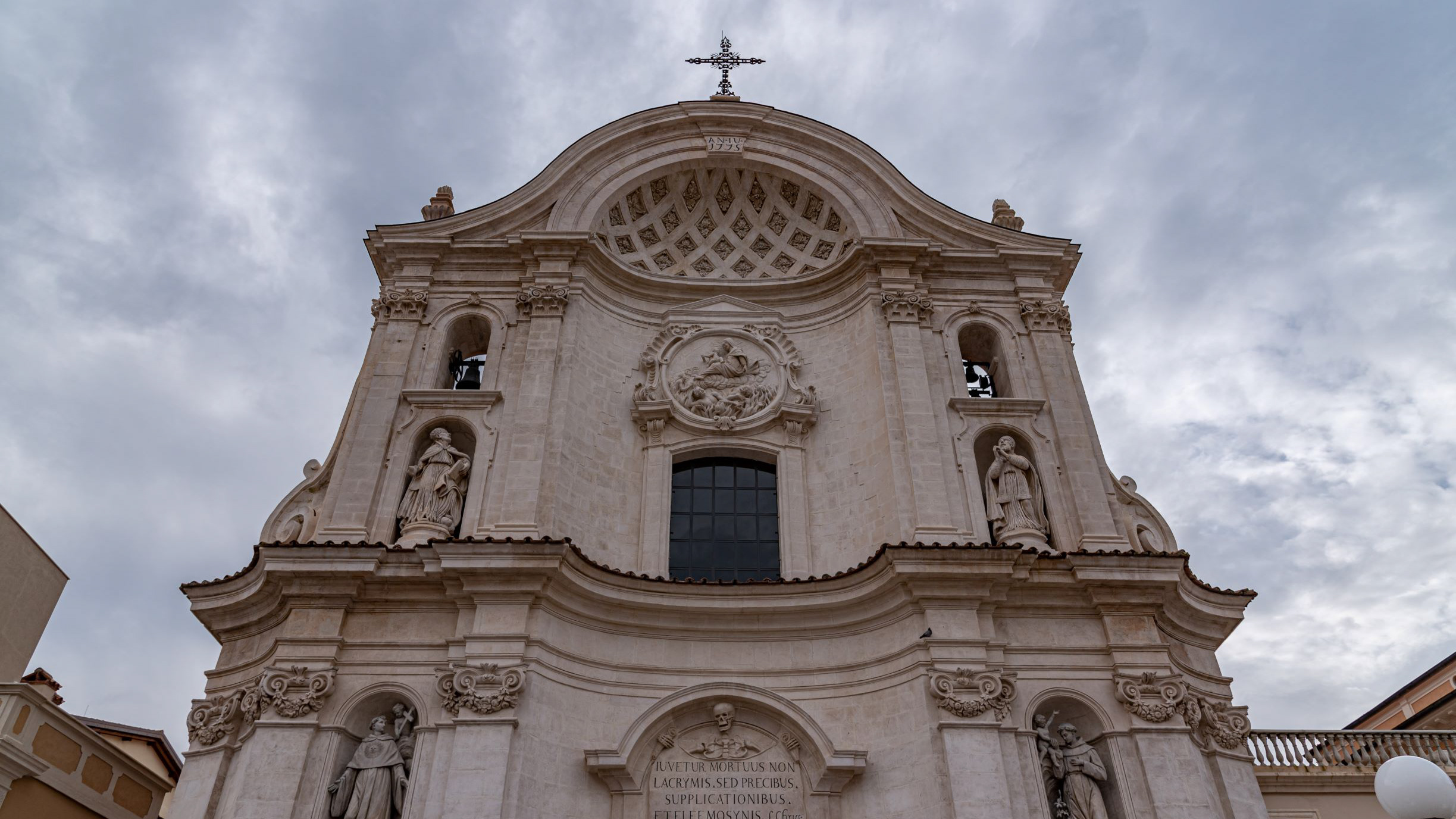
2020
L'Aquila. Church of Santa Maria del Suffragio - 2019
Built starting in 1713 for the victims of the earthquake of 1703, it is the symbol of the eighteenth-century reconstruction of the city and represents the maximum expression of the religious architecture of L'Aquila in the eighteenth century.

2024
Manoppello. Abbey of Santa Maria Arabona
Santa Maria de Arabona is an abbey dating back to the end of the 12th century located in the hamlet of the same name in the municipality of Manoppello (PE), declared a national monument in 1902.
